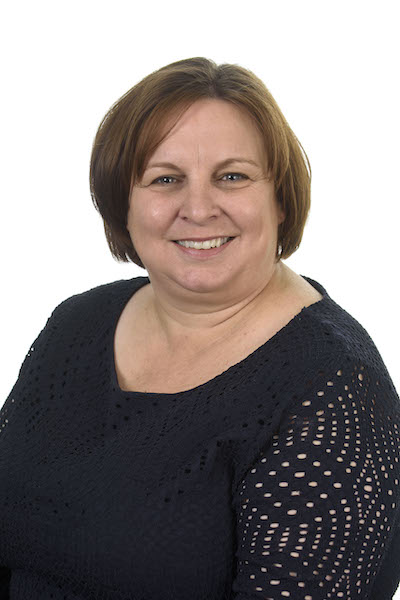Introducing Peta Rutherford
Australian Stroke Alliance brings together a wide range of people who will advocate to improve stroke care across the nation. Peta Rutherford is the CEO of Rural Doctors’ Association of Australia. She also serves on our Rural and Remote Health Advisory Council and brings some ambitious ideas, based on her deep knowledge of rural and remote medicine.

Peta, tell us why you are supporting the Australian Stroke Alliance.
RDAA is keen to work with leaders in the stroke care as this is often not available in small rural hospitals, and delays in air and road retrievals can have catastrophic outcomes.
A patient being evacuated to access care is necessary but it also has financial and social impacts on the patient’s family and it extends beyond the acute presentation into the rehabilitation period.
How many members does the Rural Doctors’ Association have, and what role does it play in Australian life?
We have over 1200 members and more than 400 medical student members. We represent the interests of rural doctors on national policy issues including Medicare, workforce planning and incentives, and PBS issues.
Our state organisations work with the various state health departments and governments. We have a significant role in public health messaging via media outlets in rural and remote Australia.
The Stroke Alliance wants to improve stroke care across the nation with wide-ranging initiatives involving a time-critical brain scan at the site of a patient’s stroke, digital telemedicine and a comprehensive education program. What’s the secret to achieving lasting change in rural and remote communities?
Getting this equipment into small rural hospitals will be essential. Many patients will be taken by ambulance or arrive by private means to the small rural hospitals.
Rural generalists and GP visiting medical officers maintain a high level of emergency skills to treat whatever conditions come through the door. Patients will often have to wait to access retrieval services (sometimes many hours) due to weather conditions, distance and availability of aircraft & flight crew.
Many rural sites are serviced by helicopters but still have delays (many rural hospitals have helipads on site).
What are the main challenges for rural doctors and how might the Alliance help overcome some of the hurdles?
Workforce – however there are many locations where the medical workforce is very stable, and highly skilled.
Installation of the equipment into these sites would be relatively straight forward, as rural doctors know this is a key area where if a service could be delivered locally, the outcomes for the patients would significantly improve.
Where is your favourite place to escape when free of office commitments in Manuka, ACT?
Anywhere that has wine……..expectations have dropped since COVID.
Interested to read more?
Find out about the Alliance’s links with rural and regional Australians.
Find out more about the Alliance’s telestroke initiative.
Meet telestroke neurologist, Chris Bladin
Meet one of the Alliance’s telestroke architects, Andrew Bivard
Sign up for our newsletter to keep in-touch.